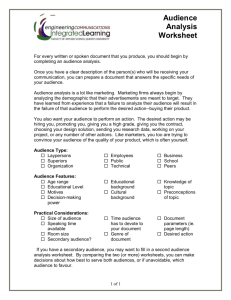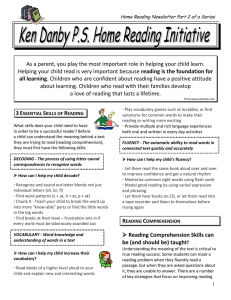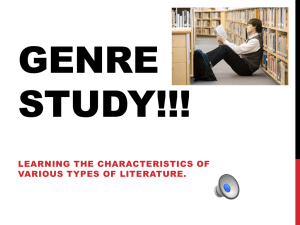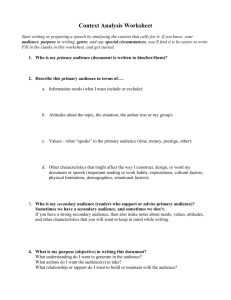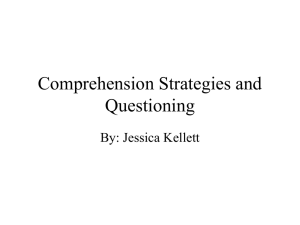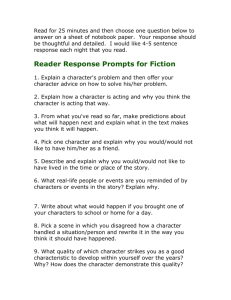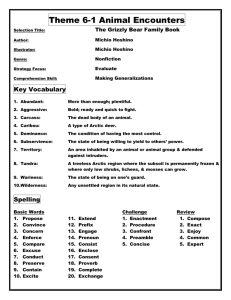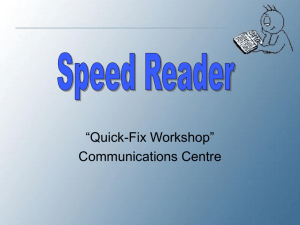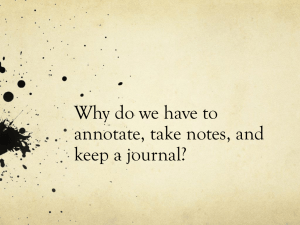Reader's Journal
advertisement
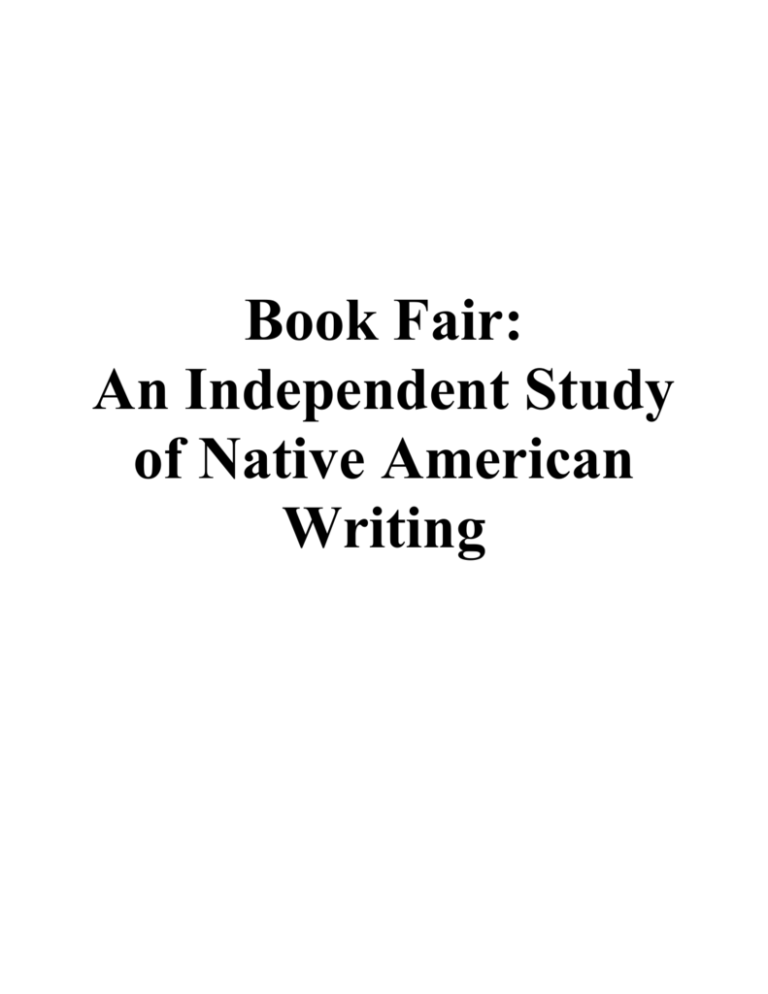
Book Fair: An Independent Study of Native American Writing Objectives The students will silently read one or two Native American books, both fiction and nonfiction, each quarter. The students will complete a journal each time they read, using the Reader’s Journal worksheet as a guideline. The students will write a book review for each book they read. The students will create a new cover for each book they read to accompany their book review. The students will read and understand grade-appropriate or higher text written and/or generated by Indigenous Peoples. Students will understand the role of Oral Tradition in the maintenance of cultural and personal identity. The students will read narrative and expository text with fluency, accuracy, and comprehension at an appropriate silent reading rate. The students will comprehend, interpret, and evaluate text by asking and answering questions. The students will preview the text before reading in order to prepare for reading and better understand the text. The students will recall and use prior learning and experience to understand the text. The students will actively engage in the reading process. The students will demonstrate comprehension and respond to, analyze, interpret, evaluate, and appreciate fiction and nonfiction text. The students will read a variety of high-quality traditional, classical, and contemporary literature specific to the Native American culture. The students will use examples from the text to support personal reactions. The students will develop a personal enjoyment in reading a variety of text. The students will write clearly and coherently. The students will follow English conventions when writing. The students will write legibly using cursive. The students will type the book review in an organized, readable format. Process 1. 2. 3. 4. 5. 6. Choose a Native American book. Review the Reader’s Journal worksheet and clarify any questions. The students must do each activity on the worksheet at least once. The students should fill out a journal entry every time after reading. Upon finishing the book, the student will do projects based on either a literary element or the genre of the book. These projects are from Independent Reading Management Kit: Literary Elements and Independent Reading Management: Genre published by Scholastic. At the end of the quarter students will then have a book fair to show off the books they read. READER’S JOURNAL Directions: Every time you read your book, fill out a one-page journal. Below is a list of categories with questions or activities to help you. You must do each category at least once. CATEGORY QUESTIONS/ACTIVITIES Book title, author’s names, and genre. Basic Information: Why did you choose this book? What can you Pre-reading: determine by looking at the cover? Open to a random page in the middle of the book, read that page and write down any words that are unfamiliar. List any tools or additional materials you will need in order to read this book. Explain what you read. Summarization: List and describe the characters. Characters: Describe the setting. Setting: Is what you read interesting enough to finish the Interest: book? Why? What do you think will happen in the rest of the Predictions: book? What were you thinking about while reading? Of Personal Response: whom did the characters remind you? What other books, movies, and events in your life did you think of while you were reading? How did you feel while you were reading? Write a letter to a character. What did you like or dislike? Why? Likes/Dislikes: What did you learn? Learned: What was important about what you read? Why Importance: is it important? Write down any questions that you have. Answer Questions: those questions if you can. If you can’t, try to answer the after you read more. Write down interesting quotes that you want to Quotes: remember from the book. Explain why they are interesting. Do a word study for new, unfamiliar, or Word Study: interesting words. Write questions or create activities for literal, Comprehension Questions: interpretative, and applied comprehension.


